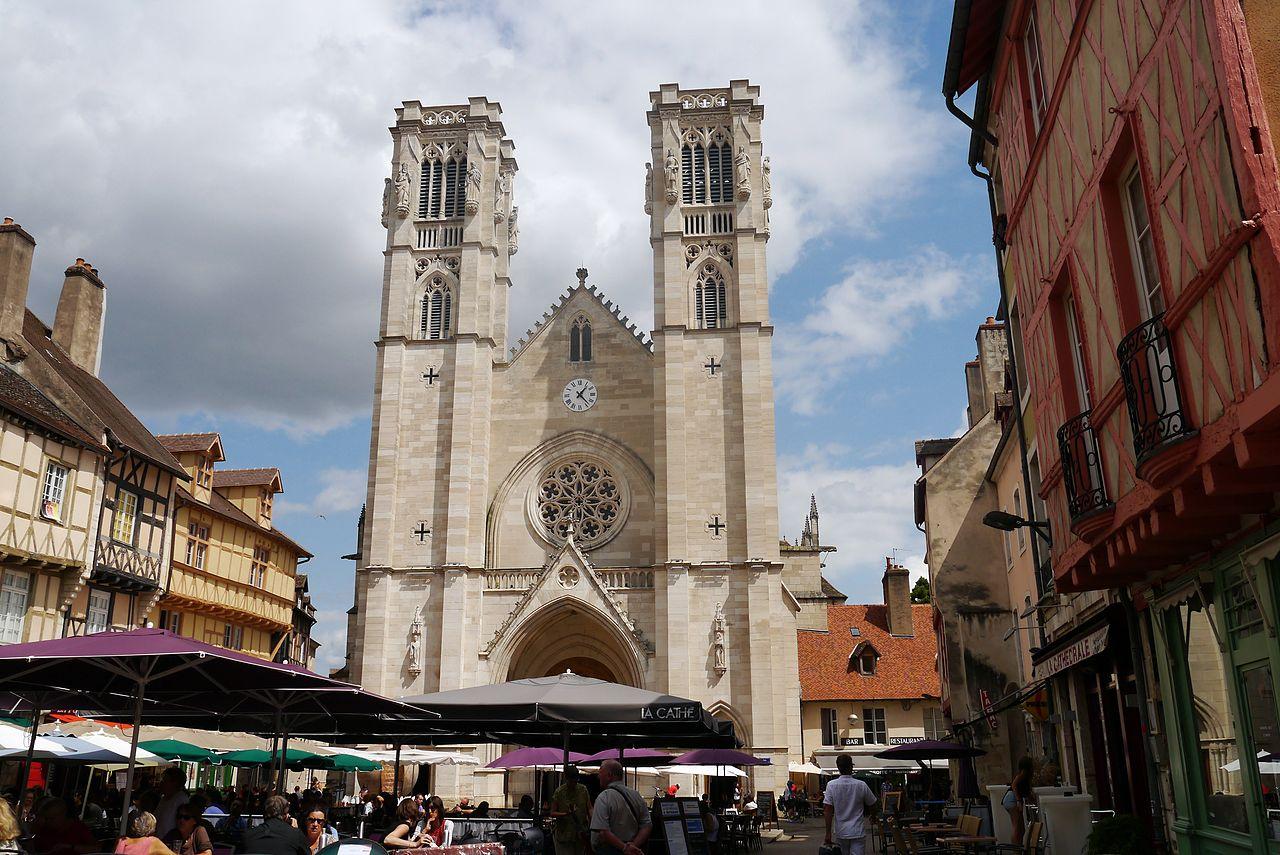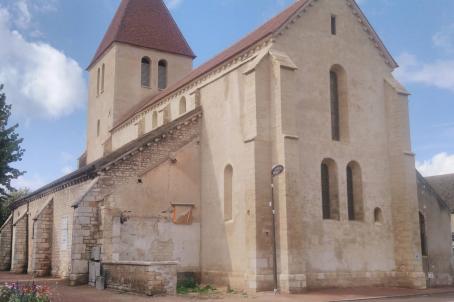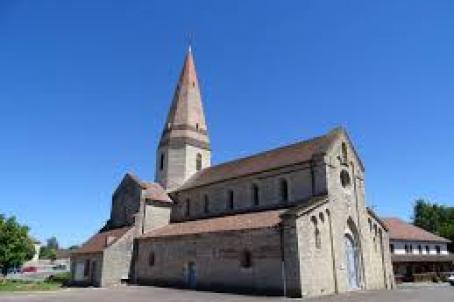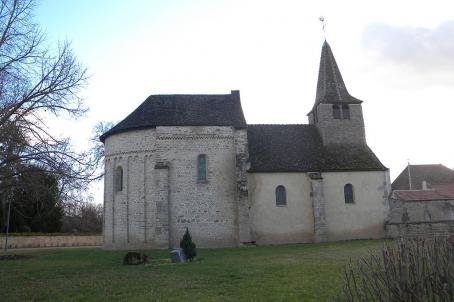Cathédrale Saint-Vincent
St. Vincent's Cathedral dates from the 11th century, although a first church may have been built as early as the 4th and 5th centuries on a former Gallo-Roman temple. The present cathedral was built over a long period between 1090 and 1522 in Romanesque (1090-1150) and then Gothic (1220-1522) style. The cathedral lost its title during the French Revolution.






